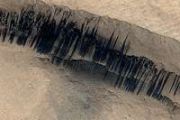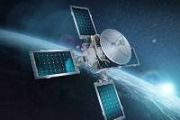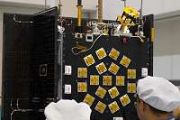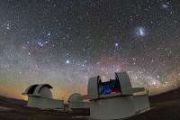
Copernical Team
Arctic Weather Satellite lifts off to set the stage for better forecasts
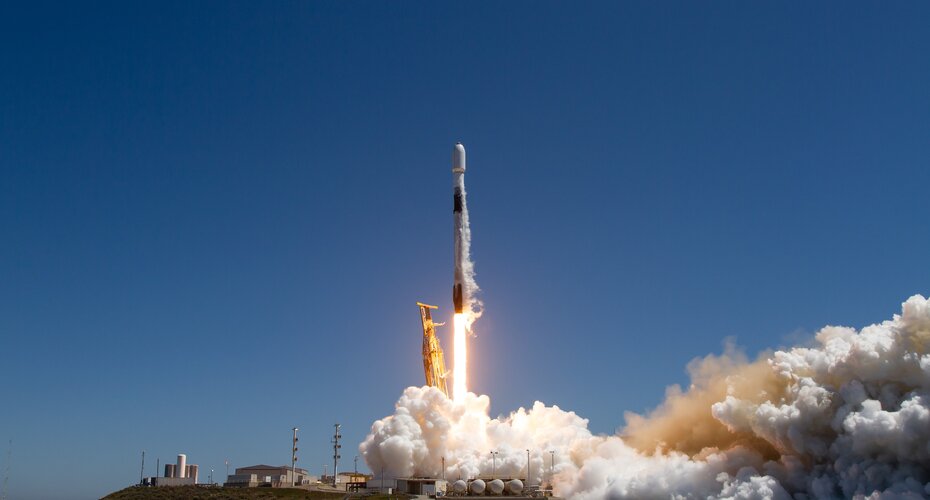
ESA’s Arctic Weather Satellite has been launched, paving the way for a potential constellation of satellites that would provide more frequent data not only to enhance short-term weather forecasts for Arctic nations, but for the world as a whole.
New satellite demonstrates the power of AI for Earth observation
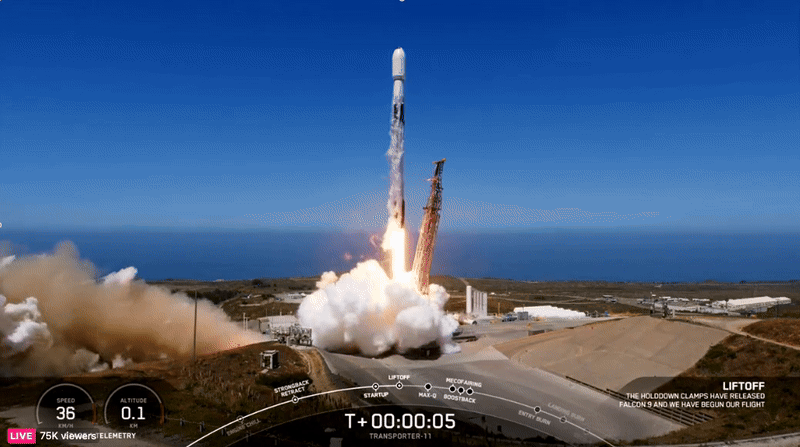
Φsat-2, ESA’s groundbreaking cubesat designed to revolutionise Earth observation with artificial intelligence, has launched.
The cubesat embarked on its journey into space on 16 August at 20:56 CEST (11:56 local time) on board a SpaceX Falcon 9 rocket from the Vandenberg Space Force Base in California, US, integrated by Exolaunch as part of the Transporter-11 rideshare mission, which also included ESA’s Arctic Weather Satellite.
NASA and bp America to collaborate on energy and space technologies
 bp America has entered into an agreement with NASA to collaborate on enhancing energy production and advancing space exploration. Through this partnership, both organizations will exchange digital technologies and technical expertise, drawing on their extensive experience in challenging environments.
This collaboration, formalized through a Space Act Agreement, will focus on the developmen
bp America has entered into an agreement with NASA to collaborate on enhancing energy production and advancing space exploration. Through this partnership, both organizations will exchange digital technologies and technical expertise, drawing on their extensive experience in challenging environments.
This collaboration, formalized through a Space Act Agreement, will focus on the developmen EagleView and Aurora Solar offer enhanced 3D modeling integration to streamline design
 EagleView, a top provider of aerial imagery and analytics, has partnered with Aurora Solar, the leading solar sales and design platform, to introduce EagleView PoweredTM models through Aurora's platform. This collaboration is set to enhance solar professionals' ability to achieve greater design accuracy, accelerate project timelines, and offer a more refined experience for homeowners. The integr
EagleView, a top provider of aerial imagery and analytics, has partnered with Aurora Solar, the leading solar sales and design platform, to introduce EagleView PoweredTM models through Aurora's platform. This collaboration is set to enhance solar professionals' ability to achieve greater design accuracy, accelerate project timelines, and offer a more refined experience for homeowners. The integr Researchers uncover historical patterns in Earth's rotational deceleration
 Chinese scientists, in collaboration with colleagues from France, Germany, and Ireland, have revealed that from 650 million to 280 million years ago, the Earth-Moon distance expanded by approximately 20,000 kilometers, while the length of a day increased by about 2.2 hours, according to a report from the Science and Technology Daily on Tuesday.
The gradual slowdown of Earth's rotation over
Chinese scientists, in collaboration with colleagues from France, Germany, and Ireland, have revealed that from 650 million to 280 million years ago, the Earth-Moon distance expanded by approximately 20,000 kilometers, while the length of a day increased by about 2.2 hours, according to a report from the Science and Technology Daily on Tuesday.
The gradual slowdown of Earth's rotation over Researchers link ancient rock formations to early Earth's hotter tectonic activity
 A group of scientists has made significant progress in unraveling the origins of massif-type anorthosites, a type of igneous rock composed largely of plagioclase that formed exclusively during Earth's middle history. These vast rock formations, some of which cover up to 42,000 square kilometers and are associated with titanium ore deposits, have long puzzled researchers due to varying theories a
A group of scientists has made significant progress in unraveling the origins of massif-type anorthosites, a type of igneous rock composed largely of plagioclase that formed exclusively during Earth's middle history. These vast rock formations, some of which cover up to 42,000 square kilometers and are associated with titanium ore deposits, have long puzzled researchers due to varying theories a Neutrinos detected by prototype at DUNE's cutting-edge observatory
 Berlin, Germany (SPX) Aug 14, 2024
In the United States, the Deep Underground Neutrino Experiment (DUNE) is underway at Fermilab, where the world's most comprehensive neutrino research is being conducted. The University of Bern plays a crucial role in this project through the development of the "ND-LAr" detector, a device featuring cutting-edge technology and an innovative design to observe neu
Berlin, Germany (SPX) Aug 14, 2024
In the United States, the Deep Underground Neutrino Experiment (DUNE) is underway at Fermilab, where the world's most comprehensive neutrino research is being conducted. The University of Bern plays a crucial role in this project through the development of the "ND-LAr" detector, a device featuring cutting-edge technology and an innovative design to observe neu Sidus Space to Supply FeatherEdge System for Infrared Fire Detection Project with Xiomas Technologies
 Sidus Space (NASDAQ: SIDU), a leader in precision space infrastructure solutions, has secured a contract with Xiomas Technologies to provide its FeatherEdge onboard computing system for a high-altitude fire detection initiative. This project, involving Sidus Space, Xiomas Technologies, NASA, and Harvard University, aims to enhance rapid fire detection using stratospheric balloon platforms equipp
Sidus Space (NASDAQ: SIDU), a leader in precision space infrastructure solutions, has secured a contract with Xiomas Technologies to provide its FeatherEdge onboard computing system for a high-altitude fire detection initiative. This project, involving Sidus Space, Xiomas Technologies, NASA, and Harvard University, aims to enhance rapid fire detection using stratospheric balloon platforms equipp Precision Two-Axis Fast Steering Mirror Platform by Physik Instrumente Introduced
 Physik Instrumente (PI) has announced the release of the S-335 fast steering mirror (FSM), a two-axis tip-tilt platform designed for high-resolution and fast-motion applications. The S-335 utilizes solid-state piezo drives, making it ideal for tasks such as precise laser beam control and high-resolution imaging.
The innovative design of the S-335 enables extensive angular travel by employi
Physik Instrumente (PI) has announced the release of the S-335 fast steering mirror (FSM), a two-axis tip-tilt platform designed for high-resolution and fast-motion applications. The S-335 utilizes solid-state piezo drives, making it ideal for tasks such as precise laser beam control and high-resolution imaging.
The innovative design of the S-335 enables extensive angular travel by employi Hughes Ships Over 5,000 Electronically Steerable Antennas for OneWeb
 Hughes Network Systems, LLC, an EchoStar (Nasdaq: SATS) company, has announced the shipment of more than 5,000 HL1120W electronically steerable antenna (ESA) terminals for the OneWeb Low-Earth Orbit (LEO) network. This achievement reinforces Hughes' position as a major supplier of OneWeb's enterprise-grade LEO terminals.
The HL1120W terminal features a low-profile, full-duplex, self-aligni
Hughes Network Systems, LLC, an EchoStar (Nasdaq: SATS) company, has announced the shipment of more than 5,000 HL1120W electronically steerable antenna (ESA) terminals for the OneWeb Low-Earth Orbit (LEO) network. This achievement reinforces Hughes' position as a major supplier of OneWeb's enterprise-grade LEO terminals.
The HL1120W terminal features a low-profile, full-duplex, self-aligni 














